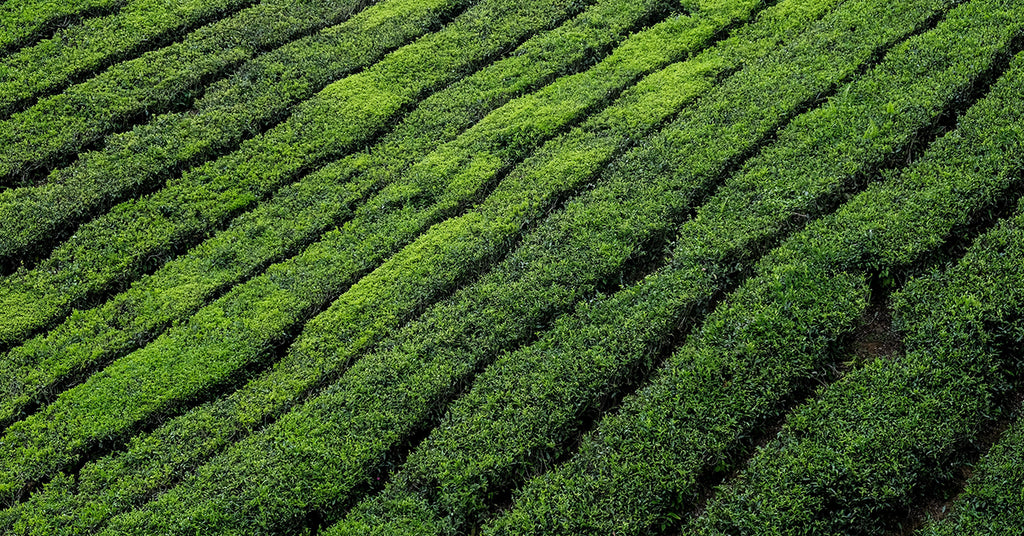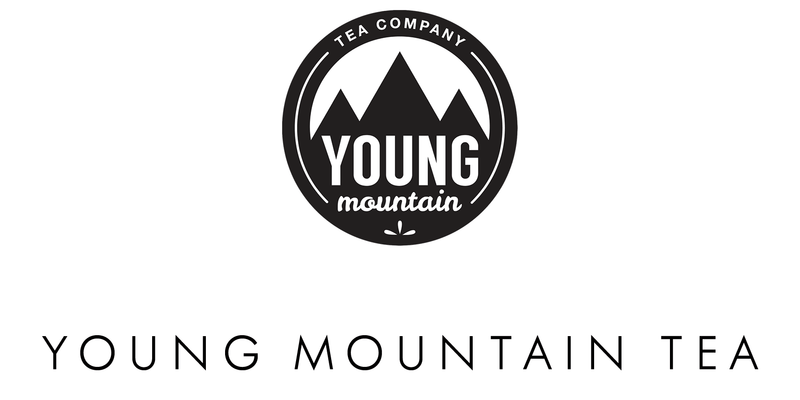The Future of Tea: A Lecture By Nigel Melican

“In 2050, will there be Tea?” was the question being posed.
Over 40 people had gathered at Tea Source’s warehouse on Father’s Day to hear guest lecturer Nigel Melican speak on the future of tea. This lecture was part of Tea Source’s Master Series to educate the public on relevant issues related to tea. Bill Waddington, founder of Tea Source, assured the audience that it would be a “sobering and heartening conversation,” to which the audience cautiously chuckled. While it was clear that lecture would dip into the grim realities of climate change, urbanization, and a shifting face of tea, Melican said he would “steer the middle course between optimism and pessimism.” He would balance the doom and gloom through highlighting the possibility for change that could be achieved through human creativity and innovation within the tea industry.

Melican began by bracing the audience for big shifts in the tea industry to come. “I predict we will see more changes in tea during the next 30 years than we have seen in the last 300.” The major contributing factors he outlined were: urbanization, population growth, land scarcity, climate volatility, and technology.
In 2010, the world’s population of rural inhabitants matched those of urban dwellers. Currently, 54% of the population lives in urban areas, and that number is increasing with the UN estimating as many as 70% in 2050. Many of the rural tea growing communities in India and China are suffering labor shortages as young people are enticed by urban job potential and higher wages. Tea pluckers – many of whom are 60-70 years of age – do not want the younger generations to go into tea. “Mother’s want their kids to be doctors or lawyers and make good money in the city,” Melican explained.
General population growth is making viable agricultural land scarcer. “We have more people alive today than have ever died,” Melican said putting population growth into perspective. Currently, only 3% of the world’s viable agricultural land is dedicated to perennial crops – which includes tea. Good land is becoming increasingly sparse, and more expensive, and it would be natural that beverage crops would lose out to food crops.

Climate change is evident worldwide, but especially in extreme environments like the Himalayas. Places where tea has historically been grown, may not be able to produce tea in the near future. Volatile weather patterns, that encourage pests and disease, erosion, droughts and record rainfall, are increasingly the norm and can wreak havoc on once productive gardens.
With the challenges rurally based tea production face, it is natural that technology must be incorporated to keep the industry viable. “Where there is money, there will be technology,” Melican said. Teas are already being produced in artificial environments, and can certainly be incorporated into creative urban design. However “… we will need to learn to mimic natural conditions and apply them under grow lights,” Melican said. For instance, naturally grown teas need to experience some sort of stress in their life, which contributes to their unique tastes. Melican predicted that these teas, on average, could cost upwards to 100 times more than their naturally produced counterparts.

On the India Tea Tour guests visited a research institute in Assam working on developing drought resistant varieties.
At this point in the lecture, Waddington asked a question on behalf of the forlorn faces in the audience, “So Nigel - is there hope for the future?” Melican smiled and, apologizing for the “spoiler”, said that yes, indeed, “There is hope.”

Melican described the 2050 picture evolving into two business models. He predicts there will be commodity tea producers fighting to provide low priced industrial tea using advanced technologies to stay solvent,” and “specialty tea makers using traditional and sustainable techniques with modern marketing to justify their high prices.” Then it will be up to the consumer which type of tea they select and why.
“Tea has been around for 5,000 years…. While Darjeeling and Assam teas are on their way out, soon we will be drinking teas from Myanmar and Rawanda,” Melican said. Hopefully, it will be around for another 5,000 more…
Nigel Melican will be leading our annual India Tea Tour. Designed for tea professionals – this experiential trip gives participants a comprehensive look at the Indian tea industry from crop to cup. The trip is likely to fill so reserve your spot today.


Comments on this post (3)
I feel so fortunate to find your Nepali golden black tea at my local co op
What a delicous cup of black tea which needs nothing added
I really appreciate your efforts. I just bought a sample at the co op to try
But want to order a pound as soon as I receive my first time buyer discount
From you. I am sitting by a fire, sipping this divine tea
— Kathleen mcinnes
We are hoping to get the lecture videos up in the future!
— Young Mountain Tea
Nice blog about Tea.
Do you have this lecture video, it would be great if you upload it on vimeo or youtube.
— Gagan Bansal